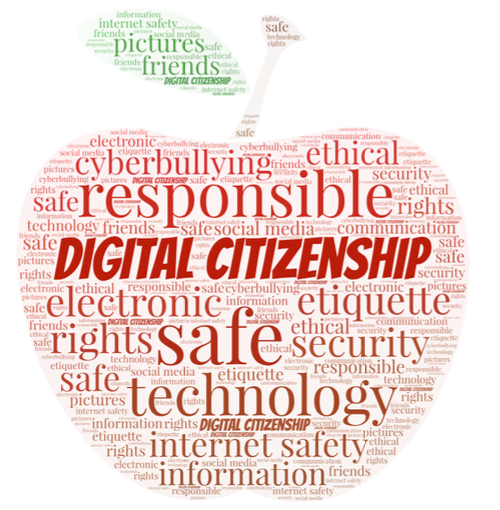There is no denying that technology and its innovations have completely taken our world by storm. With outlets such as Twitter, Facebook, Instagram and LinkedIn we are able to read, learn, educate, explore and entertain right at our fingertips. Globally, we are connected more than ever before and have the immediate opportunity to network with individuals across the globe. Not only has technology infiltrated our ability to share information, but it was stimulated the educational experience of our modern students. With applications such as Google Classroom, Google Docs, and Seesaw, we as teachers are able to differentiate and create innovative instruction that captivates learners of all types. It is crucial that technology is integrated in our classrooms so students are given the opportunity to expand on their technological skills and be best prepared to enter our technologically advanced world.
Technology should be incorporated into the classroom to increase student achievement. Two key components of student achievement are personalized learning and a simulated classroom experience. (Getting Smart) Through the implementation of technology based instruction, students are able to receive a highly differentiated lesson. For example, the Reading A to Z digital program coincides with students’ independent reading levels and provides activities, books and learning opportunities for them to grow at their own, individualized rate. (Reading A to Z) This program also gives teachers the opportunity to playback student voice recordings, obtain running records and hold individual conferences through a low prep, high yield strategy. Students love technology programs such as Reading A to Z because they are interactive and empower students to reach their own personal goals. During the time allocated to this technology based instruction, students are only focused on their progress. Reading A to Z also gives students the chance to listen to text which encourages many to read above their level and expand their vocabularies. Administrators, teachers and staff should look to technology to boost and enhance instruction in the classroom. By incorporating a technology small group center that utilizes computers, tablets or interactive boards, students are given the opportunity to expand their skills and immersion with technology for an allocated period of time that captivates their attention, but ends before they become distracted or misuse resources. Without these resources, not only would students fail to learn technology vocabulary and skills, but their everyday classroom instruction would not be as inviting or unique as possible. It is certainly nice for both teachers and students to have a quick break from listening to one another and pursue individual goals.
A simulated classroom experience is another great reason why technology must be integrated in the classroom. Often, there are several activities that we as teachers want to accomplish, incorporate or create; however, due to a lack of resources or potential danger per given grade level, we fail to make them happen. Technology and its incorporation in the classroom gives teachers and students plentiful opportunities to engage in simulations. Lawrence Berkeley’s National Laboratory’s Virtual Frog Dissection Kit gives students the exciting ability to dissect a frog through the internet. This is helpful for schools who cannot supply each classroom with ample resources but also for encouraging students who would otherwise be disinterested in real life dissection. (Edutopia, 2007) Another way to incorporate technology to create classroom simulations are through virtual field trips. During the quarantine age we are living in, it is important to continue to enrich students with field trip opportunities. Yellowstone National Park, Zoo Atlanta and Discovery Education are all organizations with virtual field trips available via technology. (We are Teachers, 2020) These can be used to coincide with lesson plans on geography, topography, history, etc. Student achievement will soar as the students are excited to explore these new places. Administration, teachers and staff should pre-watch, plan and find appropriate simulations that enhance student learning and incorporate educational activities.
Technology provides teachers and students with an abundance of ways to make the learning experience more exciting. Between personalized instruction and real life simulations, students are guaranteed to benefit from the integration of technology. Not only will exposure to technology increase their skills on computers, tablets and navigating the web, but as a result, they will grow their brains, engage, explore and elaborate on previous knowledge.
Works Cited:
Author, G., & Here, P. (2017, March 14). 7 Critical Components to Empower Student Success. Retrieved July 08, 2020, from https://www.gettingsmart.com/2017/03/7-critical-components-to-empower-student-success/
O’Neal, C. (2007, January 12). How Online Simulations Work in the Classroom. Retrieved July 08, 2020, from https://www.edutopia.org/online-simulations-classroom
Reading A. (n.d.). Retrieved July 08, 2020, from https://www.readinga-z.com/
The Best Virtual Field Trips to Take During Spring 2020. (2020, June 08). Retrieved July 08, 2020, from https://www.weareteachers.com/best-virtual-field-trips/

